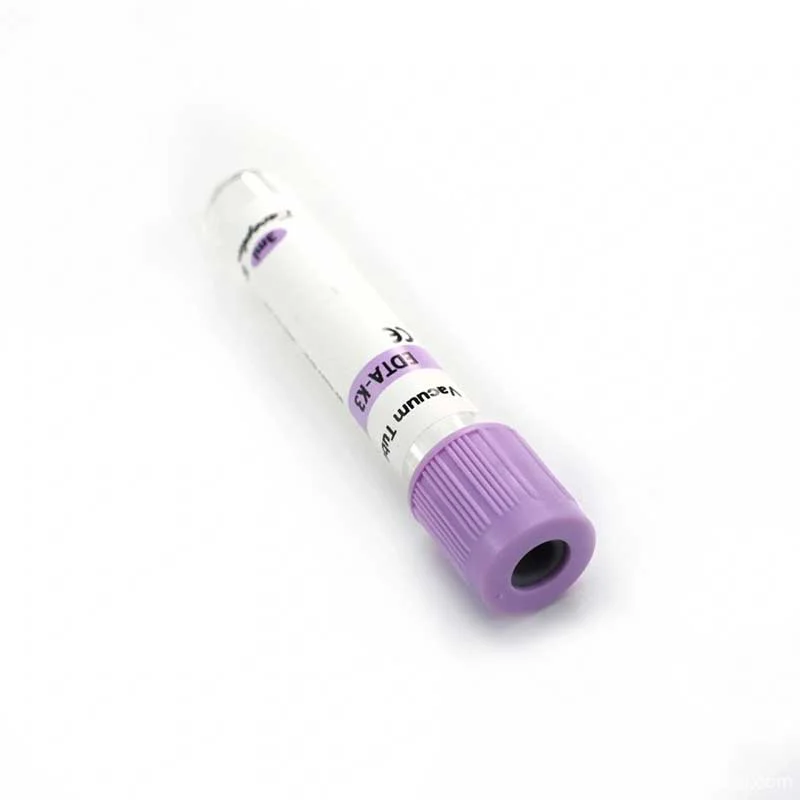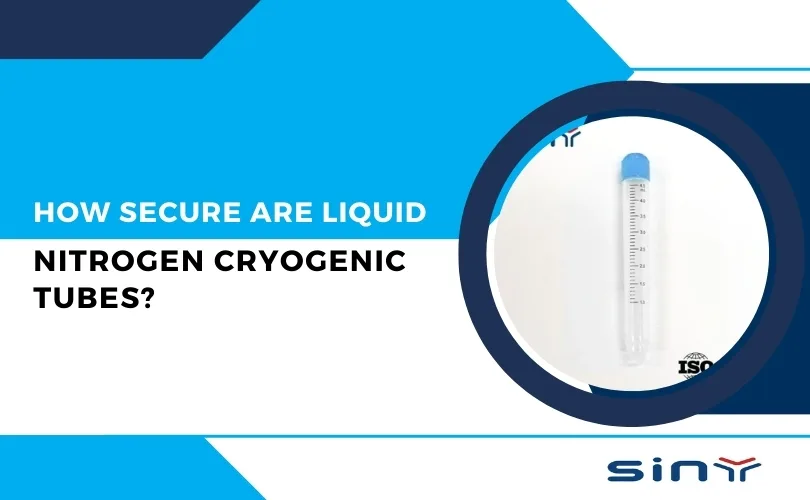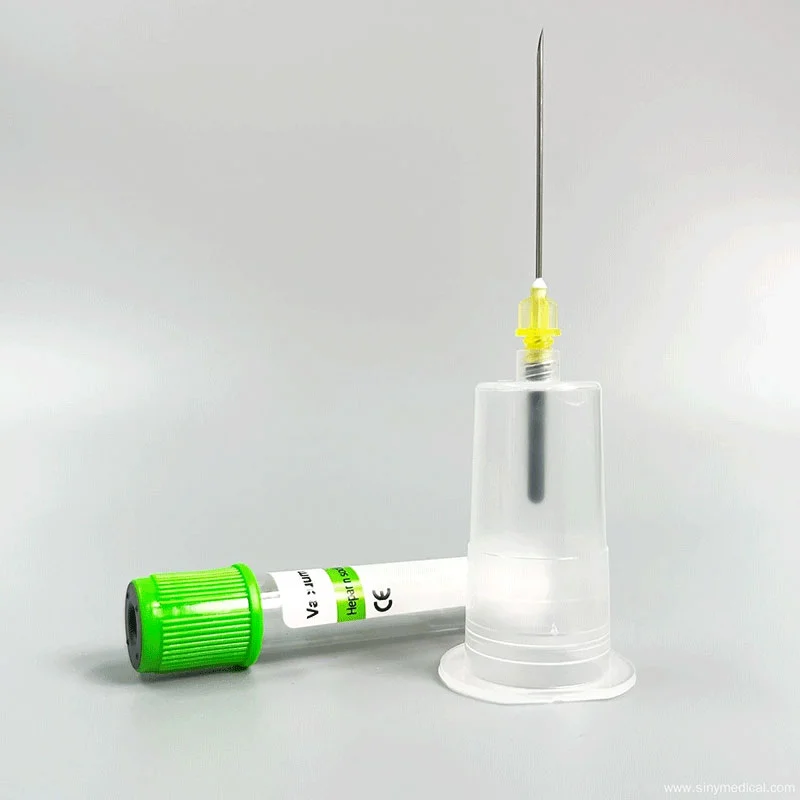Blood collection is a meticulous process, and the tools used play a critical role in maintaining sample integrity. Among these tools, the Purple EDTA Tube stands out as a key player, pivotal in various medical and laboratory settings.
Understanding the Role of the Purple EDTA Tube:
Blood collection is an intricate procedure, and the purple EDTA tube is crucial in preserving blood samples for accurate analysis. Its distinctive lavender or purple-colored cap signifies the presence of ethylenediaminetetraacetic acid (EDTA), an essential anticoagulant.
Table of Contents
What is an EDTA tube?
An EDTA tube, also known as an ethylenediaminetetraacetic acid tube, is a type of Blood Collection Tube that contains the anticoagulant EDTA. EDTA is a chelating agent that binds to calcium ions, preventing blood from clotting by inhibiting the coagulation cascade.
EDTA tube is a test tube used to collect blood samples for laboratory testing. It contains an anticoagulant, ethylenediaminetetraacetic acid, which prevents blood clotting. The EDTA tube is the most commonly used test tube type.
What is it used for?
EDTA tubes are primarily used for collecting whole blood samples for hematological testing, such as complete blood count (CBC), blood typing, and blood cell morphology analysis. The anticoagulant properties of EDTA preserve the blood sample in its liquid form and prevent clotting during transportation and laboratory processing.
EDTA tubes are commonly used in clinical laboratories and healthcare settings as they provide accurate and reliable results for various blood tests. The lavender or purple-colored cap of an EDTA tube helps identify it among other types of Blood Collection Tubes.
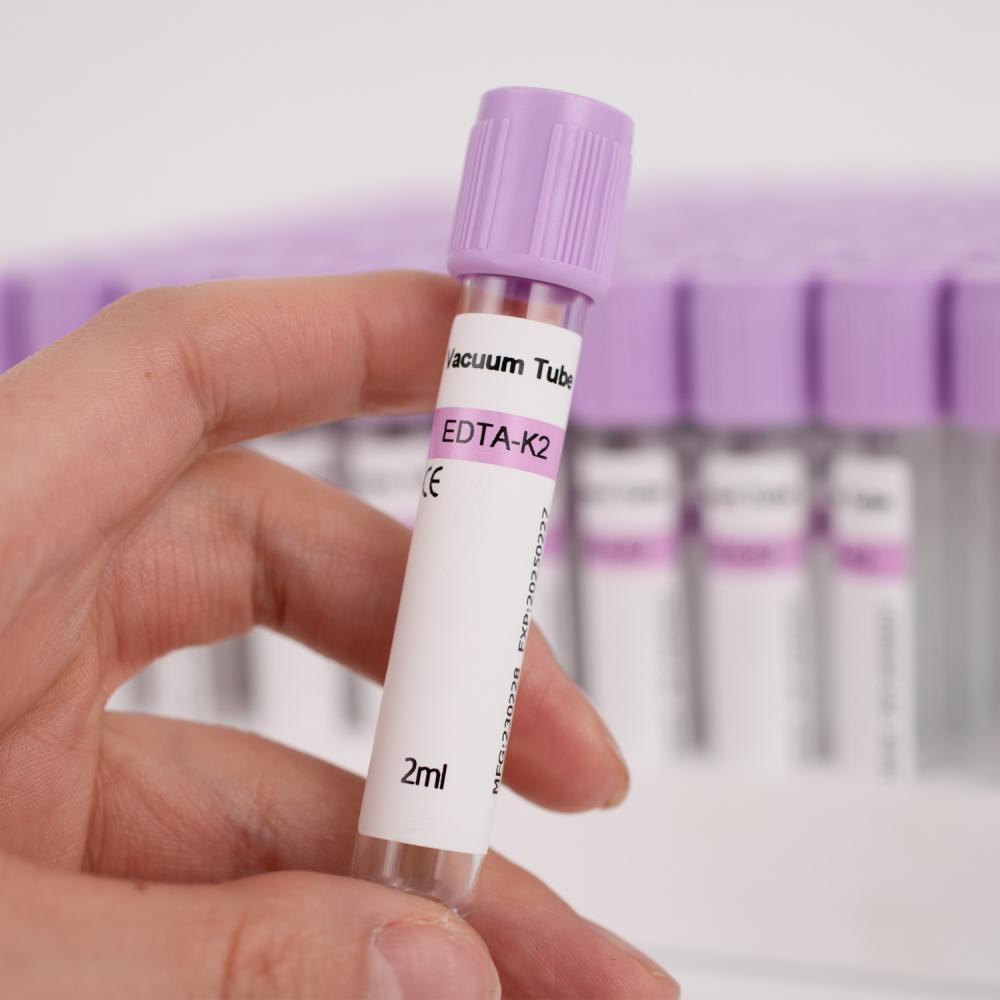
The Benefits of Using EDTA Tubes:
EDTA tubes, or ethylenediaminetetraacetic acid tubes, are commonly used for blood collection and preservation in medical and laboratory settings. Here are some benefits of using EDTA tubes:
Anticoagulant properties
EDTA acts as an anticoagulant by binding to calcium ions, preventing blood from clotting. This ensures the blood sample remains liquid, allowing for accurate analysis of various blood components.
Preserve cellular morphology
EDTA preserves the cellular morphology of blood cells, such as red blood cells, white blood cells, and platelets. This is important for accurately identifying and analyzing these cells under a microscope.
Stabilizes DNA and RNA
EDTA helps to protect and stabilize DNA and RNA in the blood sample. This is crucial for molecular biology studies, such as DNA sequencing and genetic testing, as it prevents the degradation of genetic material.
Chelates and metal ions
EDTA can chelate or bind to metal ions, such as calcium, magnesium, and iron. This is useful in certain laboratory tests that require the removal of these metal ions to prevent interference with the analysis.
Wide range of applications
EDTA tubes are used in various laboratory tests, including complete blood count (CBC), blood typing, blood chemistry analysis, and hematology studies. They are also commonly used for DNA extraction and storage.
Easy to use and handle
EDTA tubes are available in different sizes and colors for other blood collection volumes and requirements. They are easy to handle, with a vacuum system allowing efficient and safe EDTA tube blood collection.
Long shelf life
EDTA tubes have a long shelf life, making them suitable for storing and transporting blood samples. This ensures that the integrity of the blood sample is maintained until it can be analyzed.
Types of EDTA Tubes and Their Uses
There are several EDTA tubes, each specifically used in medical and laboratory settings. The most common types of EDTA tubes are:
Lavender or purple top tubes
These tubes contain K2EDTA or K3EDTA as an anticoagulant. They are commonly used for hematology tests, such as complete blood count (CBC), erythrocyte sedimentation rate (ESR), and blood typing.
Pink top tubes
Pink-top tubes contain K2EDTA or K3EDTA with a gel separator. The gel separates the plasma from the cellular components after centrifugation. They are used for various tests, including blood banking, immunohematology, and molecular testing.
Royal blue top tubes
The tubes in use contain either K2EDTA or K3EDTA as an anticoagulant and are coated with a polymer gel that is free of trace elements. These tubes find application in trace element analysis, toxicology testing, and heavy metal analysis.
Green top tubes
These tubes contain lithium, or sodium heparin, as an anticoagulant. They are commonly used for plasma determinations in chemistry tests, such as glucose, electrolytes, and liver function tests.
Gray top tubes
These tubes contain sodium fluoride, or potassium oxalate, as an anticoagulant and preservative. These additives are utilized for glucose testing, as they inhibit glycolysis and maintain blood glucose levels.
Glucose Tube: Glucose tubes and heparin tubes are also commonly used to collect blood samples. Glucose tubes contain a glucose solution, which helps keep the blood sample from clotting. Heparin tubes have a heparin solution, which helps keep the blood sample from clotting.
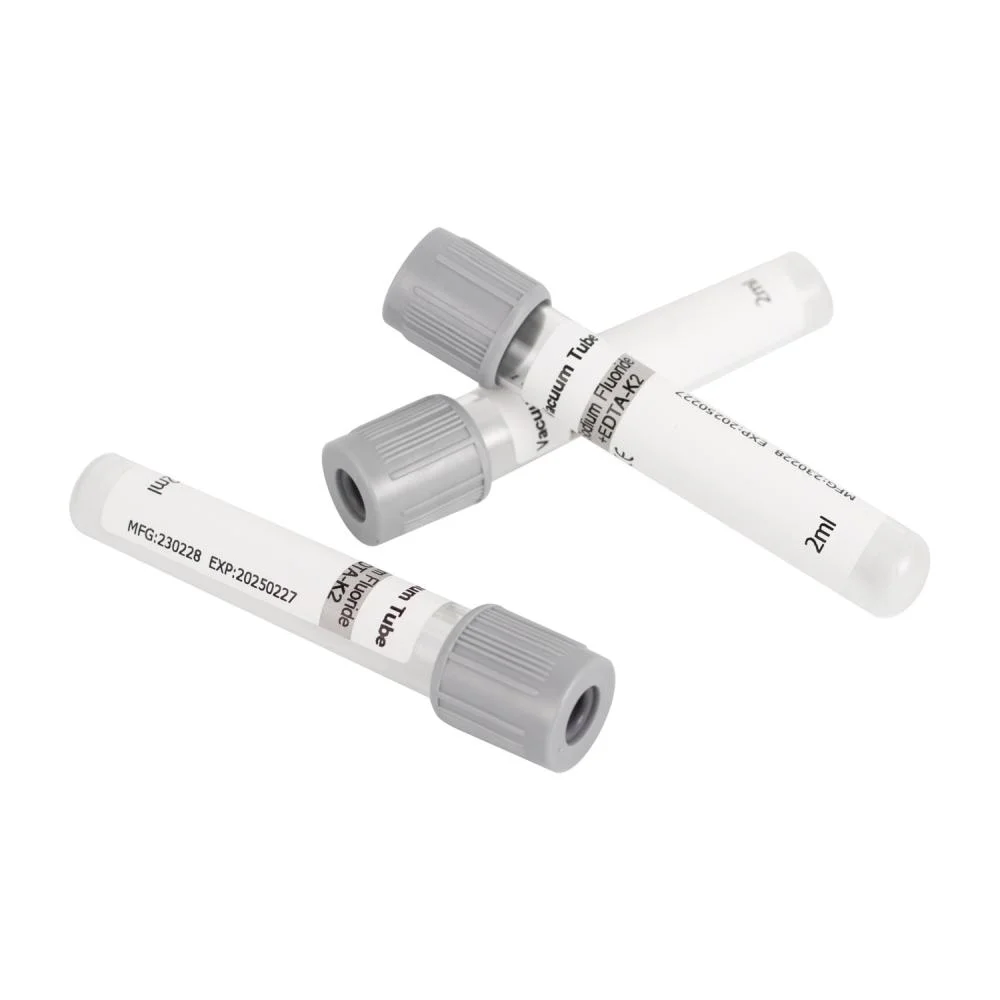
Sodium Citrate Tube: Sodium citrate tubes also contain a citrate solution, which helps to inhibit clotting. Heparin and sodium citrate tubes are most commonly used to collect blood samples for laboratory testing.

Green Top Tube: Healthcare professionals commonly use green-top tubes to collect blood samples for laboratory testing. These tubes contain an anticoagulant solution that prevents blood cells from clotting. Researchers use green top tubes for tests that necessitate more blood cells than those requiring sodium citrate tubes.
How to Collect a Sample Using an EDTA Tube?
To collect a sample using an EDTA tube, follow these steps:
1. Gather the necessary materials: You will need an EDTA tube, Blood Collection Needle, and gloves.
2. Put on gloves: Before starting the procedure, make sure to wear gloves to maintain hygiene and prevent contamination.
3. Identify the patient: Confirm the patient’s identity by asking for their name and date of birth, and match it with the information on their identification band or medical records.
4. Prepare the EDTA tube: Remove the EDTA tube from its packaging. Make sure the tube is not expired, and inspect it for any damages or leaks. The tube should contain a lavender or pink-colored stopper, indicating the presence of EDTA.
5. Clean the patient’s arm: Use an alcohol swab to clean the patient’s arm at the site where the blood will be drawn. Allow the area to air dry completely.
6. Locate a suitable vein: Identify a suitable vein for venipuncture. Common sites include the median cubital vein in the antecubital fossa or the back of the hand.
7. Apply a tourniquet: Use a tourniquet to apply pressure above the selected vein. This will help to distend the vein and make it easier to access.
8. Perform venipuncture: Hold the Blood collection needle at a 15–30-degree angle to the patient’s skin. Insert the needle into the vein, and slowly draw the desired amount of blood into the syringe.
9. Remove the needle: Once the blood is collected, remove the needle from the vein and immediately apply gentle pressure with a sterile cotton ball or gauze to the site to stop any bleeding.
10. Mix the blood and EDTA: After the blood is transferred, gently invert the tube several times to ensure thorough mixing of the blood with the EDTA anticoagulant.
11. Label the tube: Use a pen or marker to label the EDTA tube with the patient’s name, date of birth, and any other required information.
12. Store and transport the sample: Place the labeled EDTA tube in a biohazard bag or container as per the laboratory’s guidelines. Store and transport the sample at the appropriate temperature to maintain its integrity.
Tips for Proper Storage and Handling of EDTA Tubes
1. Store EDTA tubes in a cool and dry place to prevent any degradation or contamination. Avoid exposure to direct sunlight or extreme temperatures.
2. Handle EDTA tubes with clean gloves to prevent any contamination from skin oils or other substances.
3. Avoid shaking or agitating EDTA tubes vigorously, as this can cause hemolysis (rupture of red blood cells) and affect the accuracy of test results.
4. Label the EDTA tubes properly with patient information, date, and time of collection. This will help ensure accurate identification and traceability of the samples.
5. Use a gentle inversion method to mix the blood with the anticoagulant in the EDTA tube. Invert the tube 8-10 times immediately after collection to ensure proper mixing.
6. Do not use expired or damaged EDTA tubes, as they may not provide accurate results. Check the expiration date and integrity of the tubes before use.
7. Transport EDTA tubes carefully to the laboratory, keeping them upright and avoiding any excessive movement or jostling.
8. Regularly monitor and maintain the storage conditions of EDTA tubes to ensure their integrity and reliability for future use.
Final thoughts
We are manufacturers and suppliers of wholesale EDTA tubes. Sizes range from 1 ml to 10 ml. In addition, we offer customizable services. Siny Medical can meet your needs. If you require EDTA tube manufacturers and suppliers, please contact us.
FAQs: Purple EDTA Tube
Are EDTA tubes only used in medical settings?
No, EDTA tubes find applications in both medical and laboratory settings.
Can I use an expired EDTA tube for sample collection?
It is not recommended, as expired tubes may not provide accurate results.
What is the shelf life of EDTA tubes?
EDTA tubes have a long shelf life, but it’s essential to check the expiration date before use.
Why is preserving cellular morphology important?
Preserving cellular morphology ensures accurate identification and analysis of blood cells.
Can I mix different types of EDTA tubes in one collection?
It is not advisable, as different tubes serve specific purposes and may interfere with test results.

